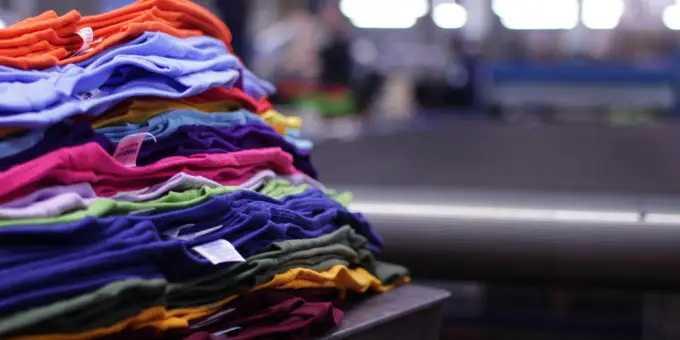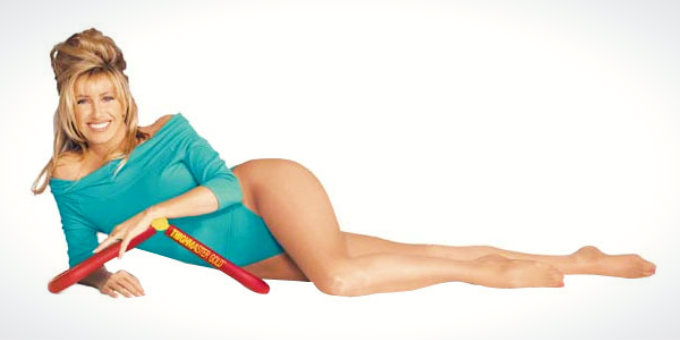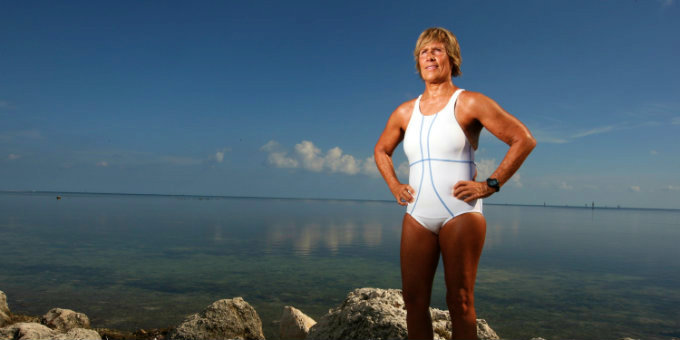Whether you regularly exercise or simply enjoy recreational outings, you probably have a go-to set of clothes for each activity. Maybe you even have an entire outfit for a specific activity such as clothes for running in the cold. But regardless of what activity you choose to do, selecting the appropriate clothing can be the difference between a session that has you feeling good and energized or one that leaves you feeling gross and uncomfortable. Have you thought about which fabrics and materials are specifically used for activewear?

When choosing your activewear, keep in mind these main points:
- Breathability – You want breathable clothing that allows you to remain dry, cool, or warm when your body starts to sweat.
- Flexibility – Fabric that moves with the body, allowing your activities to be as restricted as possible.
- Weight – In line with flexibility, the clothing should be a weight that is appropriate for the activity.
- Comfort – In the end, it’s all about feeling good, right?
Here is a breakdown of common fabric types used for activewear clothing and how they can benefit various sports and recreational activities.
Natural Fibers:
Cotton
Cotton tends to hold onto moisture (like your sweat or the rain), which could bring damp discomfort to your fitness routine. However, it’s known to deodorize more effectively than its tech fabric counterparts. Although it may not be the optimal choice for high performance, cotton can be a popular choice for clothing such as yoga pants or ringspun t-shirts, and for less sweat-inducing activities. It’s quite soft to the touch, so you might choose cotton-made activewear for pure comfort.
Wool
Wool is an ideal fabric choice for winter weather activities such as snow sports because it keeps us warm in the winter, but it also helps the body regulate temperature as you heat up and start to sweat. Wool is also both moisture and odor-resistant. For those reasons, wool socks are an especially great choice for your feet even in mild conditions.
Bamboo
Yes, bamboo is the plant. But even though bamboo may bring pandas and leafy green stalks to mind, it can also be converted into sewable fibers. Not only is bamboo biodegradable, but it’s also soft to the touch, breathable, and even UV-protective. Viscose (nearly synonymous with rayon) is a bamboo blend that shares many of bamboo’s activewear perks but uses chemicals during its textile conversion process. Bamboo lyocell is sustainable and bamboo viscose isn’t, but they’re both acceptable materials for activewear clothing. There are actually a lot of clothes made from bamboo fibers.
Synthetic / Tech Fabrics:
Polyester
Tons of clothing is made out of polyester, not just activewear. And not all polyester is equal, either. For example, many running jackets are made from polyester, but you could also have a polyester sweater–it all depends on how manufacturers use the fibers. You may also see brand-name polyester blend fabrics like Nike’s Dri-Fit or Under Armour’s HeatGear, which have high evaporation rates. These types of fabrics tend to be stiffer than other synthetic fabrics but are a popular choice for many fitness-related activities.
Nylon
Nylon is stronger and more durable than polyester. Some even argue that it’s softer, but it does have its downsides. Nylon has low moisture absorbency and stretches like polyester does, but polyester is more heat-resistant and dries faster. Even so, the wicking properties and recovery that nylon provides make it a popular activewear material. Some clothing materials are even made from recycled nylon products, such as Patagonia’s Torrentshell jackets.
Spandex
Nobody makes clothes with 100% spandex because it would basically be like wearing a rubber band, so most spandex products contain a blend of materials. The most commonly used brand of spandex is called “Lycra,” which is also commonly found in activewear. Spandex can be found in many types of skin-fitted clothing from skinny pants to cycling shorts because of its incredible elastic properties. Fun fact: spandex is an anagram for “expands.” It’s also called elastane (more so in European countries than in the US).
Of course, the fabric type and fit will vary based on the design and clothing style. For example, a basic polyester t-shirt versus a polyester “active tee” will likely have a different feel and possibly different results in comfort or performance, but these fabric descriptions are general guidelines of what to consider. Not only will this knowledge of fabrics help you determine what to look for in activewear, but it will also help you while shopping for any clothing product.










